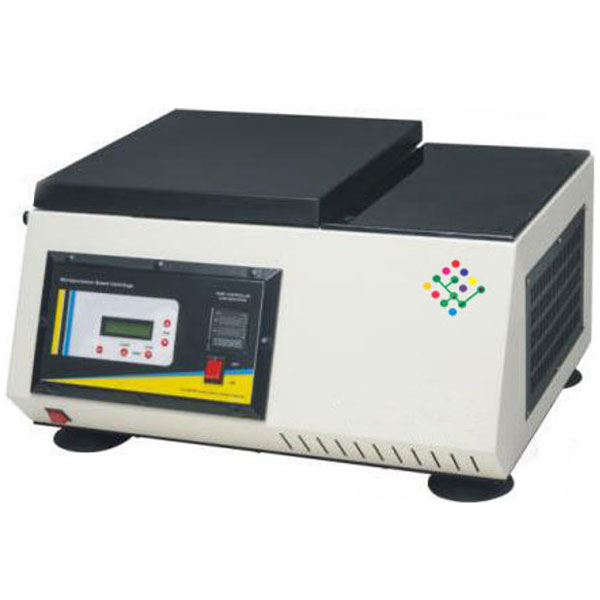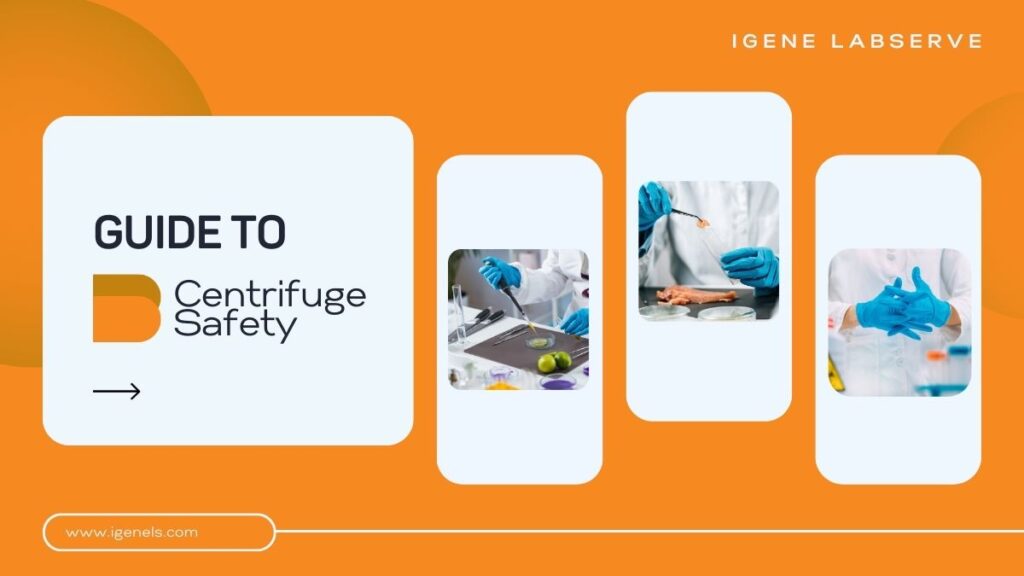Centrifuges are essential laboratory equipment, widely used for separating fluids, gases, and liquids based on density. Whether you’re working with the best laboratory centrifuges for blood sample separation or an affordable high-speed centrifuge for medical laboratories in India, following proper safety precautions is critical to prevent accidents, equipment damage, or sample contamination.
Why Centrifuge Safety Matters
Centrifuges operate at high speeds, generating significant forces. Mishandling can lead to imbalances, broken tubes, or even catastrophic failures that pose serious risks to laboratory personnel. Here are the crucial safety precautions to follow when using high-speed centrifuges.
1. Always Balance the Load Properly
An unbalanced load is one of the most common causes of centrifuge damage and accidents. Ensure that the weight distribution is even on both sides of the rotor. When working with samples of different volumes, use balance tubes with the same weight to avoid imbalance.
2. Securely Close the Lid Before Operation
Before starting the centrifuge, double-check that the lid is securely closed and latched. Some modern models, like the IG-L90B Refrigerated Centrifuge, come with automatic lid-locking mechanisms to enhance safety.
3. Use the Correct Rotor and Tube Type
Different samples require specific rotor types. Ensure that you are using the right rotor for your experiment, especially when working with refrigerated microcentrifuges like IG243R, which require precise temperature control to maintain sample integrity.
4. Do Not Open the Lid While the Centrifuge is Running
Never attempt to open the centrifuge while it is in operation. The rotor is moving at extremely high speeds, and opening the lid can lead to dangerous spills, glass breakage, or injuries. Always wait until the rotor has completely stopped before opening the lid.

5. Inspect Tubes and Rotors Regularly
Before each use, first, examine centrifuge tubes for cracks, leaks, or deformities. After all, damaged tubes can rupture under high-speed rotation, leading to sample loss or contamination. Similarly, inspect the rotor for signs of wear and then replace it if necessary.
6. Maintain Proper Temperature Control
For experiments requiring temperature-sensitive samples, using a refrigerated microcentrifuge like IG243R ensures that the samples remain stable. Sudden temperature fluctuations can degrade biological samples, affecting research results.
7. Keep the Centrifuge in a Stable Location
To minimize vibrations and movement, place your centrifuge on a stable, flat surface. If you’re using an IG- 55CB Centrifuge, ensure it is positioned correctly and that all safety locks are engaged.
8. Wear Personal Protective Equipment (PPE)
Lab coats, gloves, and safety goggles should always be worn when handling centrifuge samples. This protects against accidental spills, chemical exposure, or biohazard risks.
9. Follow the Manufacturer’s Guidelines
Each centrifuge model has unique specifications and operating requirements. Therefore always refer to the user manual for recommended speed limits, maintenance procedures, and safety features specific to your device.
10. Schedule Regular Maintenance and Calibration
Routine maintenance is essential to ensure the longevity and efficiency of your centrifuge. Therefore, regularly clean the rotor, check for misalignment, and schedule professional servicing when necessary.
Final Thoughts
Operating a centrifuge safely is crucial for laboratory efficiency and personnel protection. Whether you’re using the best laboratory centrifuges for blood sample separation, an affordable high-speed centrifuge for medical laboratories in India, or specialized models like the IG-L90B Refrigerated Centrifuge, always prioritize safety. Following these precautions will not only prolong the lifespan of your equipment but also protect your valuable samples and laboratory staff from potential hazards.

